Why do war correspondents take the risks they do, and how do they cope with them?
The persona of the war reporter is well-established. These men and women occupy a unique niche in the media – a small, intrepid group whose high public profile is given a vast stage by a world perpetually in conflict. Some like Ernie Pyle, Robert Capa and Martha Gellhorn have attained a legendary status, their names inextricably linked to cataclysms that have shaped how we live today. No doubt, future generations will view Marie Colvin and her contemporaries — James Nachtwey, Ian Stewart, Tim Hetherington — in a similar light.
What unites all these men and women is a body of work that shows us countries in chaos, burning, disintegrating, engulfed in something so terrible we can only pity them and give thanks that what we are witnessing is taking place on the other side of the world. Except now, in the age of globalization, linked as we are by technology, what unfolds in remarkable clarity on our iPhones or high-definition TVs is not really that far away at all. Keeping us informed of world events that have the power to shake us loose, even momentarily, from our comfort and complacency, correspondents’ work is more essential than ever before. They open our eyes to a contemporary history we can no longer ignore.
To the viewer or reader whose attention has been captured by the content of breaking news, what is not so readily apparent — for it is frequently obscured by the courage of journalists — is this work can often come at a terrible personal cost. Consider just a few of the journalists mentioned so far: Pyle was killed by a Japanese sniper in the Pacific; Capa was killed by an anti-personnel mine in Vietnam (and adding to the attrition, Capa’s great love, the photojournalist Gerda Taro, was killed by a tank in the Spanish Civil War); and Colvin was killed by a mortar in Syria.
There is a wall in the Newseum in Washington DC that displays small portraits of journalists who have been killed or murdered because of their work. The wall is large, images run from floor to ceiling and soon there will be no more space available. Each year, organizations such as the Committee to Protect Journalists (CPJ) and the International News Safety Institute (INSI) count the number of journalists killed, kidnapped and gone missing. The annual tally is in the hundreds.
If it is difficult to grasp the magnitude of an individual tragedy in the presence of such collective loss, focusing on a single journalist rams the message home. In the run-up to South Africa’s first multiracial election in 1994, Joao Silva, the South African photojournalist, was one of four photographers dubbed the Bang-Bang Club who braved the dangers of the volatile black ghettos as the country lurched toward democracy. By the time the elections were held, two members of the “club,” Ken Oosterbroek and Kevin Carter, were dead and the fourth member, Greg Marinovich, had been seriously wounded. Emerging relatively unscathed from this carnage, Silva continued photographing conflict, until, like Capa, he stepped on a mine — this time in Afghanistan. Unlike Capa, he survived thanks to advances in military medicine over the intervening six decades. But he did so without his legs.
On the Job
The first “modern” war journalist to appear on the battlefield was William Howard Russell, The Times correspondent who covered the Crimean War of 1854 and witnessed, well away from the slaughter, the Charge of the Light Brigade. Sixty years later, the First World War claimed two journalists. Sixty-nine journalists died in the Second World War. By the 2003 invasion of Iraq, 16 Western journalists were dead in the first two weeks, and the war would ultimately take the lives of more than 200, most of them Iraqi.
The first study exploring how journalists cope psychologically with the hazards and rigors of war reporting appeared only in 2002, decades after researchers had begun investigating the emotional health of other professions linked to risk and danger.
But the numbers, troubling as they are, contain another ominous truth. The journalists who died in earlier conflicts were not for the most part targeted by combatants. They died because they had chosen to work in the most dangerous of places and war, that voracious harvester of men, had claimed them too. The current situation for members of the fourth estate is very different. It took the kidnapping of The Wall Street Journal reporter Daniel Pearl and his subsequent beheading to put journalists on notice that they, too, were now firmly in the cross-hairs of insurgents, militants, terrorists, thugs, call them what you will according to your level of political sensitivity.
Gone is the code of conduct that once allowed journalists to work in zones of conflict, if not exactly unhindered, then certainly without the fear of finding themselves held to ransom or worse, executed on camera like James Foley to instill terror in the age of the Internet.
This ratcheting up of personal threat has brought into focus the challenges of keeping journalists safe. Here the media finds itself in a unique position, for unlike other professions in harm’s way – such as the military, police or firefighters – journalists are not schooled in violence. There is no lengthy training program to prepare them for the hazards of the front lines. Transplanted overnight from the safety of a desk job back home to a bureau under threat in a country where security is tenuous or absent, the language incomprehensible, the heat sapping and the local government, if still functioning, hostile to a free press, journalists must learn on the go, in haste and with little room for error, because in war zones, survival is often measured in milliseconds or millimeters.
Adding to the challenge, there is another factor that must be considered when appraising the magnitude of risk: time. The celebrated war journalists, the Capas and the Colvins, spent decades in zones of conflict. Here again it is appropriate to draw comparisons with soldiers, for the two professions invariably rub shoulders on the front lines: A tour of duty in the military is for one year, and while this is repeated on occasion, few are the soldiers who can match war journalists for time spent in fields of combat; even with journalists flying in and out of war zones, taking a break when the situation on the ground or personal circumstances dictate, the cumulative duration of their exposure to grave danger, often in the vanguard of armies, is unparalleled.
Christina Lamb, a war correspondent with The Sunday Times caught in a Taliban ambush in Afghanistan while embedded with a company of marines, noted coolly that she had seen a lot more combat than her younger, panicked protectors.
This time away from home, the weeks running into months and then years, can play havoc with a journalist’s relationships. For Ingrid Bergman, an affair with Robert Capa, confined as it was to brief, intense trysts when Capa returned from some far-flung locale, was the antidote to a stodgy marriage to a dentist. But swap marriage for an affair and the emotional landscape quickly changes: Being married to a war journalist, or committed to a relationship with one, means having a partner fly off at short notice, not knowing when they he or she will return, not having them around for anniversaries, birthdays, the absences magnified when there are children to raise, the drudgery of paying the bills or attending to broken appliances to deal with. And it means doing all of this in a state of perpetual anxiety because the person you love has chosen to work in the world’s most dangerous places where survival is uncertain.
Relationships can and often do wither in circumstances like these, and while this is a source of personal sorrow to the journalist and their family, the breakdown also removes an important buffer in a war correspondent’s life. For good, solid relationships are protective in terms of emotional health, and in a profession in which injury and death, kidnapping, mock executions and sexual assaults are all part of the job, the question of psychological well-being cannot be ignored.
Back to “Normal”
And yet ignored it was until recently. The first study exploring how journalists cope psychologically with the hazards and rigors of war reporting appeared only in 2002, decades after researchers had begun investigating the emotional health of other professions linked to risk and danger.
This belated attention was likely due to a confluence of factors: The aura of an intrepid war journalist does not sit comfortably with the possibility of psychological breakdown, and war journalists have been reluctant to spotlight their distress rather than the suffering of their subjects, whose losses are of a magnitude alongside which all else pales. Then there has been the attitude of news managers who, not being short of young men and women volunteering for war reporting, have found it easier to look the other way instead of confronting the toll war can take on the emotional lives of those they send into harm’s way.
And so, while every front-line journalist knew a colleague who had “lost their bottle,” as combat fatigue or what is now called post-traumatic stress disorder, was euphemistically referred to, they only mentioned these broken colleagues in passing, under their breadth, as an embarrassed aside.
While evidence reveals that war journalists have a fourfold risk relative to their domestic colleagues of developing PTSD because of the nature of their work, the findings also show the majority, more than 80%, have no such problems.
War, however, leaves an indelible imprint. The scars can be subtle, out of sight for an admiring public, hidden behind a debonair facade or a beguiling insouciance. But away from the camera or laptop, alone in yet another distant hotel room, when sleep just will not come because intrusive images and thoughts of death and disfigurement will not abate, a very different set of emotions holds sway.
Much has been written about PTSD, a syndrome that can arise after an individual is exposed to a life-threatening stressor. In response to the magnitude of the threat, four particular constellations of symptoms can develop: re-experiencing the traumatic event through flashbacks, dreams or involuntary thoughts and images; attempts to avoid these phenomena by staying away from situations that trigger reminders of what has taken place; the development of negative moods and thoughts, including a sense of estrangement from family, friends and colleagues; and finally a loose grouping of behavioral difficulties that signify hyper-arousal of the autonomic nervous system, for example insomnia, irritability, difficulty concentrating, a prominent startle response and a hyper-vigilance, the latter present even in an environment where threat is absent.
A quick read of these symptoms reveals the bind traumatized war journalists can find themselves in. To work effectively, they cannot hang back from the fray. There is no place in war reporting for what is contemptuously regarded as “hotel room” journalism. So for the journalist with PTSD, work ethic now collides with the cardinal avoidance features of the syndrome, those behavioral features that are working both consciously and unconsciously to minimize not only exposure to the traumatic environmental stimuli but also the internal thoughts and images that follow in trauma’s wake.
To a traumatized journalist far from home, reluctant to acknowledge personal distress because of the stigma, or what it will mean for a career, the exhortations of the newsroom many times zones away to get the scoop, be first to the story, to keep the war alive for an insatiable 24-hour news cycle, this can become unbearable.
But PTSD is not just a collection of abstractions. Behavior can change, too. Judgment is altered. Risk may be appraised differently. Safeguards are loosened. And with these changes, all maladaptive, the dangers confronted magnify even further, not only for the journalist but for their colleagues as well, because in tightly-knit bureaus under siege lives are interwoven and how one journalist behaves can have ramifications for all.
What is now known, belatedly, but not surprisingly given the magnitude of the dangers confronted, is the prevalence rate for PTSD is significantly elevated in war journalists relative both to their colleagues who have never gone to war and to the general public.
In a finding that replicates the general trauma literature, two other disorders known to commonly occur with PTSD are present in war journalists as well – depression and substance abuse. Depression in this context is not merely a temporary case of the blues, but rather a pervasive sense of sadness for weeks on end, or longer, accompanied by a plethora of other symptoms that can include guilt, hopelessness, low energy, impaired sleep, appetite and libido, pessimism over the future, poor self-esteem and thoughts that life is not worth living. For some, alcohol becomes a means to self-medicate feelings of distress, an anodyne to blunt the pain of recollection that accompanies PTSD.
Data can, however, be parsed different ways. While evidence reveals that war journalists have a fourfold risk relative to their domestic colleagues of developing PTSD because of the nature of their work, the findings also show the majority, more than 80%, have no such problems. War journalists, a self-selected group to begin with, epitomize resilience in the face of great adversity.
The “Adrenaline Junkie” Gene
But resilience should not be equated with immunity. And given the increasing mortality associated with war journalism, deleterious effects on relationships from prolonged separation, and the heightened risk of major psychological illness as a direct consequence of exposure to grave dangers, what motivates individuals to pursue this work for a living?
Many reasons have been cited: a love of history, where covering war affords a ringside seat; giving a voice to those dispossessed by war; the inducement offered by a high-profile career; the allure of working abroad, perhaps in an exotic locale; or a combination of some or all of these factors. But these explanations, either individually or collectively, fall short. To keep going in this profession, to sustain a career over decades in war zones or places where disaster strikes, requires a necessary biological predisposition. The profession is littered with “one war” journalists: those who seek out novelty but lack the temperament to thrive in the presence of risk and uncertainty.
You may call war damnable – there is nothing too bad that can be said about it – and yet, it has a knack, which peace never learned, of uncovering the splendour in commonplace persons.
If there is a determinist ring to such an explanation, this does not imply the absence of free choice. There is nothing preordained in the career choice of war journalist. But to maintain the momentum to return to war year after year, notwithstanding the enormous risks to be negotiated, requires a particular kind of biological template that eschews the nine-to-five, the humdrum suburban existence, the bland and mundane social discourse that comes with a well-oiled and predictable routine. Most importantly, it also entails the ability to function well in situations of extreme peril, to keep one’s head in the midst of everything falling apart.
The term “adrenaline junkie” has frequently been applied to account for these behavioral traits. This is incorrect. Adrenaline is the neurotransmitter that surges in times of danger, sets the pulse racing and fuels the flight or fight response, but it is not a motivating factor in journalists voluntarily going off to war zones. That role falls to dopamine, a neurotransmitter twice removed from adrenaline in the same metabolic pathway. Dopamine is the primary “reward” neurotransmitter, one that determines an individual’s desire to seek new experiences, novelty, something different, all of which can come with varying degrees of risk. Individuals with high dopamine levels are also susceptible to boredom, hence the pursuit of the unconventional.
And this is where any discussion on what motivates war journalists to pursue their profession turns reductionist – because dopamine levels are tightly controlled genetically, albeit indirectly through the enzyme mono-amine oxidase, which is responsible for breaking down or metabolizing dopamine. Approximately two-thirds of an individual’s mono-amine oxidase is heritable, that is, determined by genes. High levels of mono-amine oxidase equate with lower dopamine concentrations and a temperament that is likely to be more cautious, risk aversive, and at home with routine. Conversely, low mono-amine oxidase levels are linked to higher dopamine concentrations and by extension, a career that is more likely to take one to countries at war, or in revolution or struggling in the aftermath of an earthquake or tsunami. There is nothing in this explanation unique to journalists. The same biological rationale also holds true for other risky professions: the alpinists, big wave surfers, Formula 1 drivers, astronauts, and so on. You either have high levels of dopamine or you don’t. You cannot acquire it. Having the “right stuff,” to borrow from Tom Wolfe, is really all about having enough dopamine.
Of course, not every individual with high dopamine ends up pursuing a career associated with elements of risk, novelty, excitement and uncertainty. But what is certain is that, should an individual’s temperament be at odds with the nature of their work or lifestyle, tensions arise and unhappiness is not far behind. This marriage of biological disposition to career choice is captured perceptively in the title of a collection of essays by Bruce Chatwin, The Anatomy of Restlessness. Travel, be it to remote Patagonia or the Australian outback, fuelled Chatwin’s creativity, and his allusion to anatomy speaks instinctively to this biological drive.
Here it is germane to note that biology is age-dependent. By the time they are in their mid-forties, most war journalists (and there are always exceptions) have moved away from the front lines. Different, less dangerous work beckons and, in step with their biology, most will follow.
Neuroscience offers cogent explanations for human behavior, and where there are gaps, psychologists, sociologists and anthropologists advance complimentary theories. Taken collectively, they provide an understanding of what motivates war journalists to pursue such a dangerous profession. Helpful as these insights are, they nevertheless fail to capture something more elusive, that seductive element embedded in conflict, which acts as a magnet to those with the sensitivity to detect it.
An unknown source gives voice to this siren call: “You may call war damnable – there is nothing too bad that can be said about it – and yet, it has a knack, which peace never learned, of uncovering the splendour in commonplace persons.”
With this sentiment in mind, it is fitting to give the final word on what drives war journalists back to zones of conflict time and again to one of them – Marguerite Higgins. She opened the door for women journalists but in the process succumbed at an early age to yet another hazard that awaits in far off lands – the bite of an insect carrying a fatal disease.
“There is very little that is not wasteful and dismal about war,” she wrote from the Korean battlefield. “The only clear, deep good is the special kind of bond welded between people who, having mutually shared a crisis, whether it be shelling or a machine-gun attack, emerge knowing that those involved behaved well. It is as close to being absolutely good as anything I know.”
*[This article was originally published by The Globe And Mail.]
The views expressed in this article are the author’s own and do not necessarily reflect Fair Observer’s editorial policy.
Support Fair Observer
We rely on your support for our independence, diversity and quality.
For more than 10 years, Fair Observer has been free, fair and independent. No billionaire owns us, no advertisers control us. We are a reader-supported nonprofit. Unlike many other publications, we keep our content free for readers regardless of where they live or whether they can afford to pay. We have no paywalls and no ads.
In the post-truth era of fake news, echo chambers and filter bubbles, we publish a plurality of perspectives from around the world. Anyone can publish with us, but everyone goes through a rigorous editorial process. So, you get fact-checked, well-reasoned content instead of noise.
We publish 2,500+ voices from 90+ countries. We also conduct education and training programs
on subjects ranging from digital media and journalism to writing and critical thinking. This
doesn’t come cheap. Servers, editors, trainers and web developers cost
money.
Please consider supporting us on a regular basis as a recurring donor or a
sustaining member.
Will you support FO’s journalism?
We rely on your support for our independence, diversity and quality.


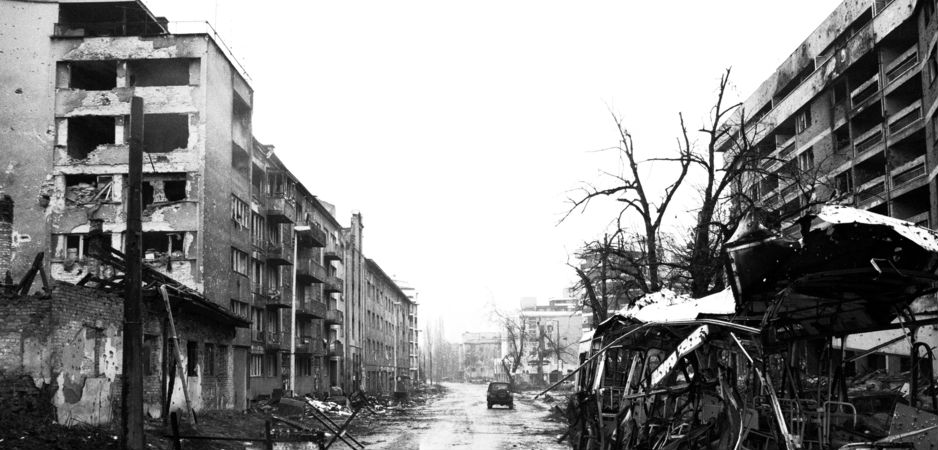
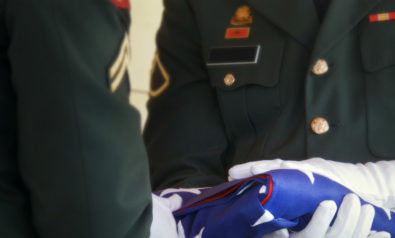

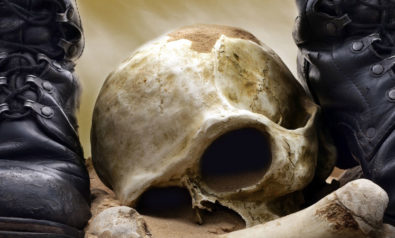
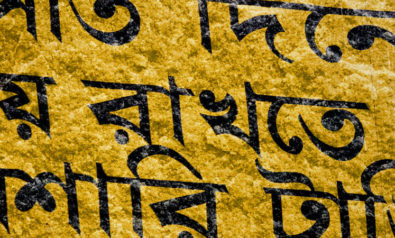

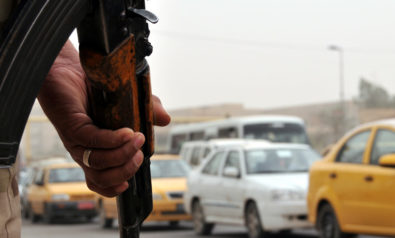
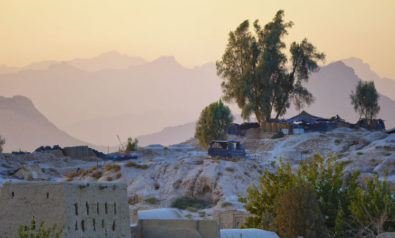
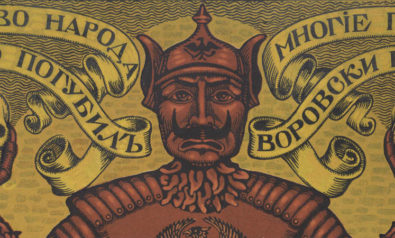


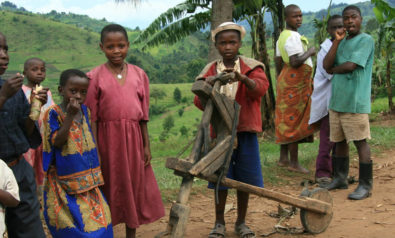
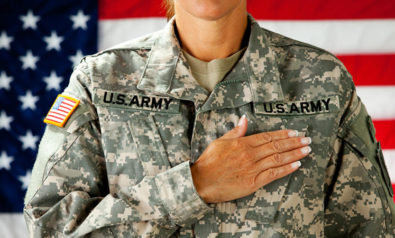
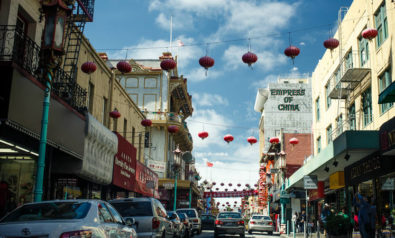

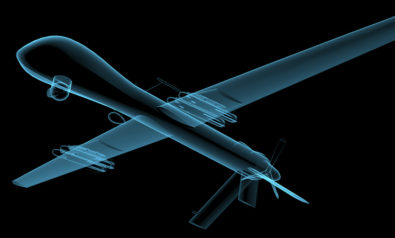
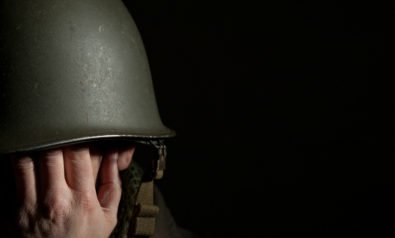
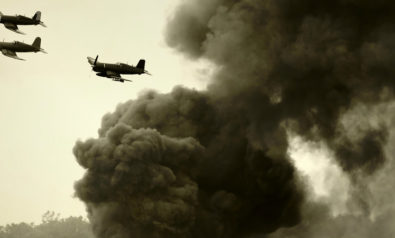
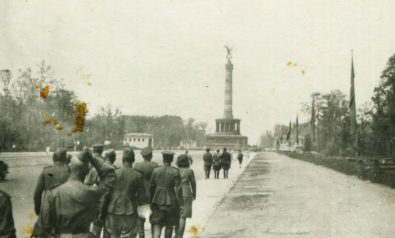



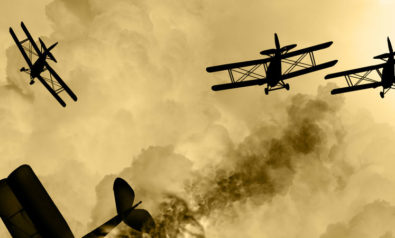
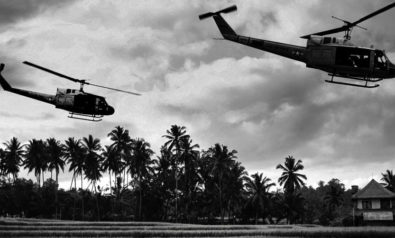

Comment